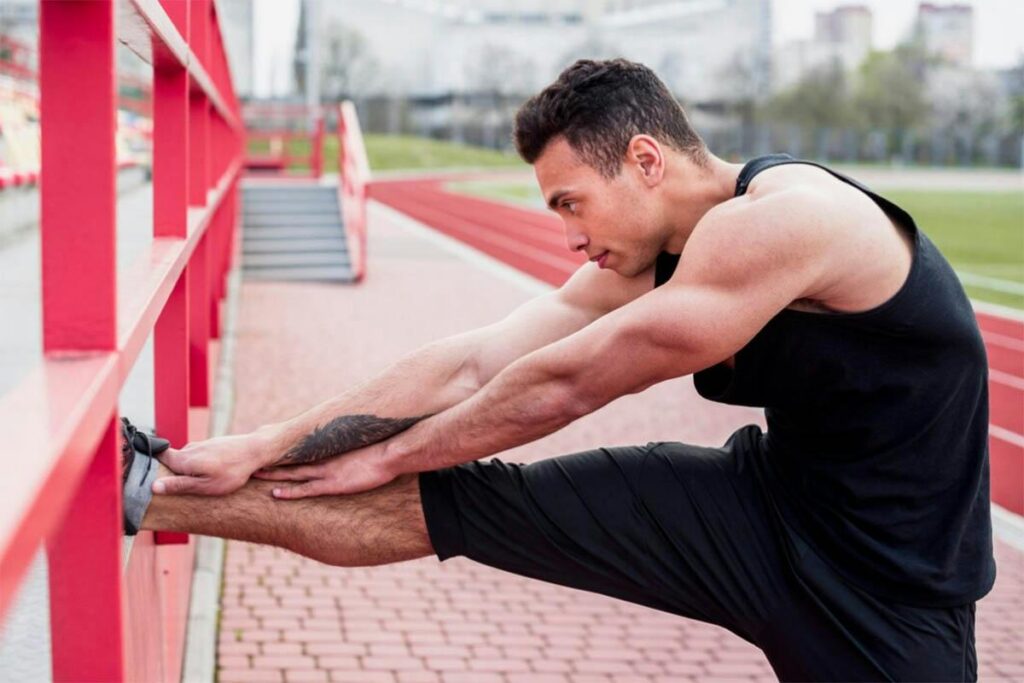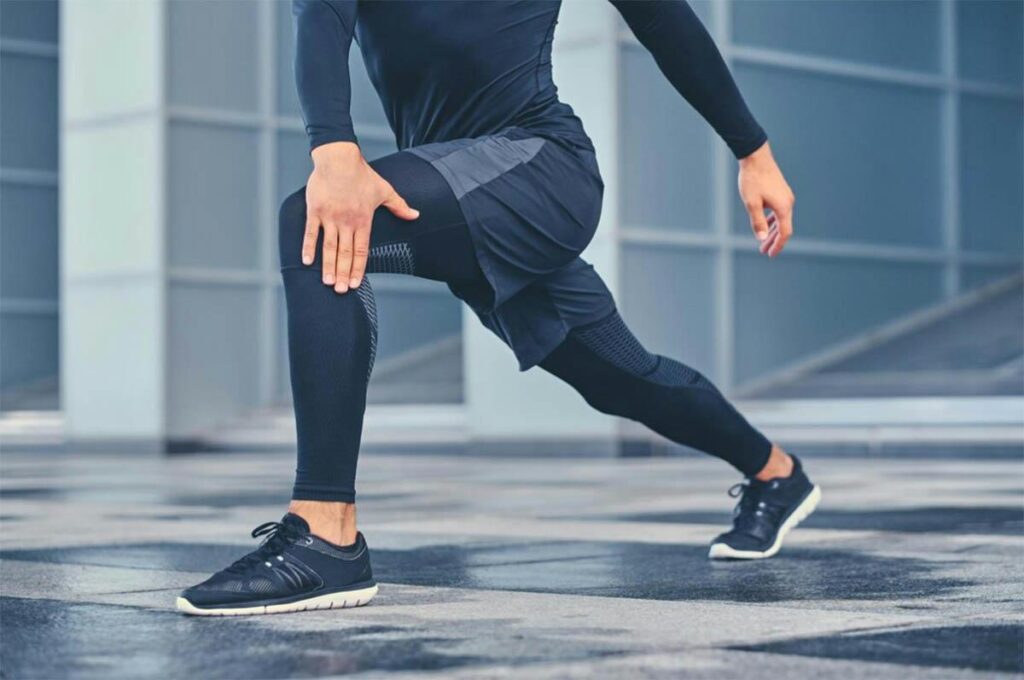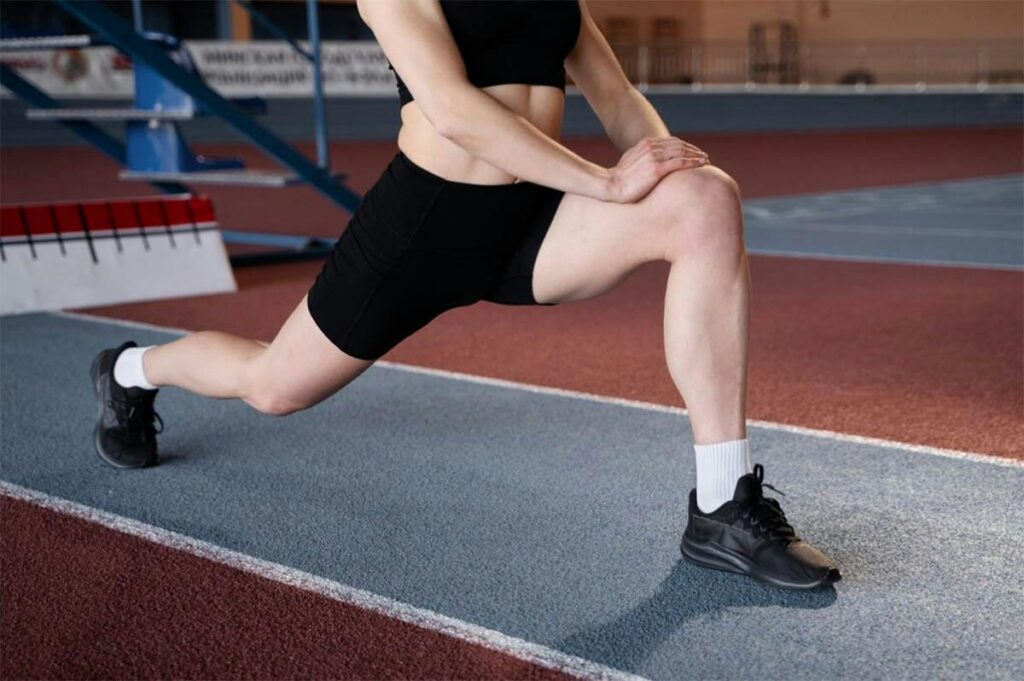Introduction
Welcome, runners and fitness enthusiasts! Today, we’re diving into a common, yet often misunderstood, ailment that plagues many in our running community – shin splints. Known medically as medial tibial stress syndrome, shin splints are more than just a minor nuisance; they can be a significant barrier to your running goals and overall well-being. But fear not! With the right physical therapy approach, you can conquer this challenge. Let’s embark on a journey to understand, treat, and prevent shin splints, keeping your strides pain-free and your spirits high!
Understanding Shin Splints
What are Shin Splints?
Shin splints manifest as pain along the inner edge of the shinbone (tibia). This discomfort results from inflammation in the muscles, tendons, and bone tissue around the shinbone – a common plight for runners.
Why Runners?
Running, especially on hard surfaces or with improper footwear or technique, puts repetitive stress on your shinbones and the tissues attaching them to the muscles surrounding them. This repetitive force can cause swelling and pain, signaling shin splints.
Early Intervention: Recognizing the Signs

Spotting Shin Splints
Early signs include sharp or throbbing pain along your shinbone during and after exercise, which might lessen with rest. Swelling in the lower leg is another red flag.
Self-assessment Techniques
Feel along your shinbone; if you find tender spots or areas that hurt when pressed, it’s time to pause and reassess your routine.
Seeking Help
Persistent pain, swelling, or discomfort during runs should prompt a visit to a physical therapist. Early intervention can prevent worsening of the condition.
Physical Therapy Approaches
- Initial Pain Management
- RICE: Rest, Ice, Compression, Elevation can reduce inflammation and pain.
- NSAIDs, like ibuprofen, can also help in the short term (always consult with a healthcare professional before starting any medication).
- Strengthening Exercises
- Exercises like toe curls, heel drops, and shin stretches can strengthen the muscles supporting your shinbone.
- Consistent exercise routines are crucial in building resilience against shin splints.
- Flexibility and Mobility Work
- Flexibility in the calf muscles and Achilles tendon is vital. Incorporate stretches into your daily routine.
- Mobility exercises help maintain the range of motion in your ankle and foot, crucial for a healthy stride.
- Gait Analysis and Correction
- Professional gait analysis can pinpoint biomechanical issues contributing to shin splints.
- Adjustments in your running form, along with appropriate footwear, can make a world of difference.
Preventative Strategies

Prevention is key! Always warm up before a run and cool down afterward. Cross-training helps balance your muscle use and reduce the repetitive impact on your shins. Gradually increase your running intensity and mileage; sudden spikes in activity are a common cause of shin splints.
Case Studies and Success Stories
Take inspiration from fellow runners who have overcome shin splints through dedicated physical therapy regimes. Their stories highlight the importance of patience, persistence, and the right therapeutic guidance.
Conclusion
Remember, shin splints are not an end to your running journey but a hurdle to overcome. With the right approach – understanding the condition, early recognition, targeted physical therapy, and prevention tactics – you’re well on your way to pain-free running. Stay informed, stay motivated, and keep those feet moving!
We’re here to help!
Suffering from shin splints? Don’t let it hold you back! Contact a physical therapist today and take your first step towards recovery. Happy running!

